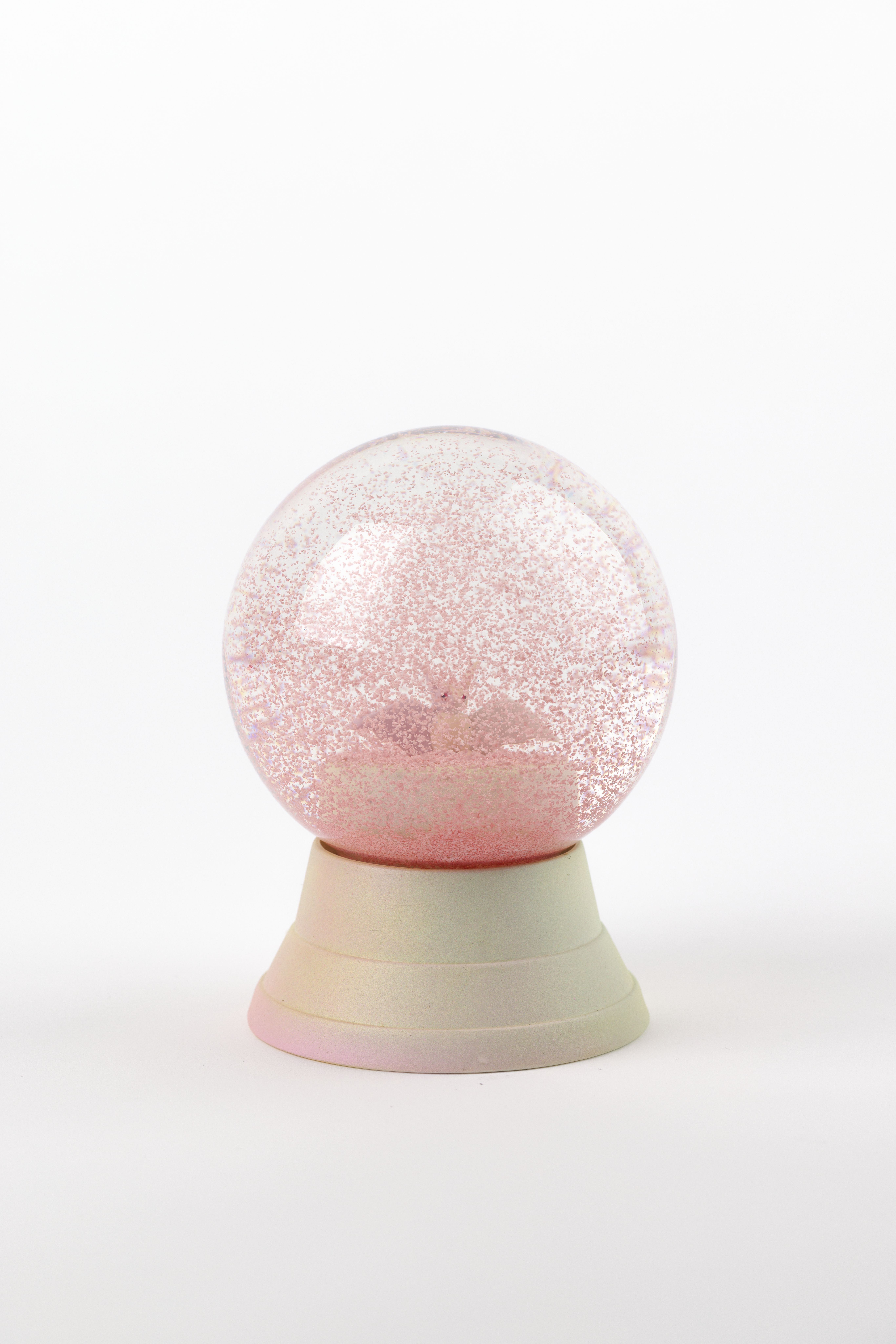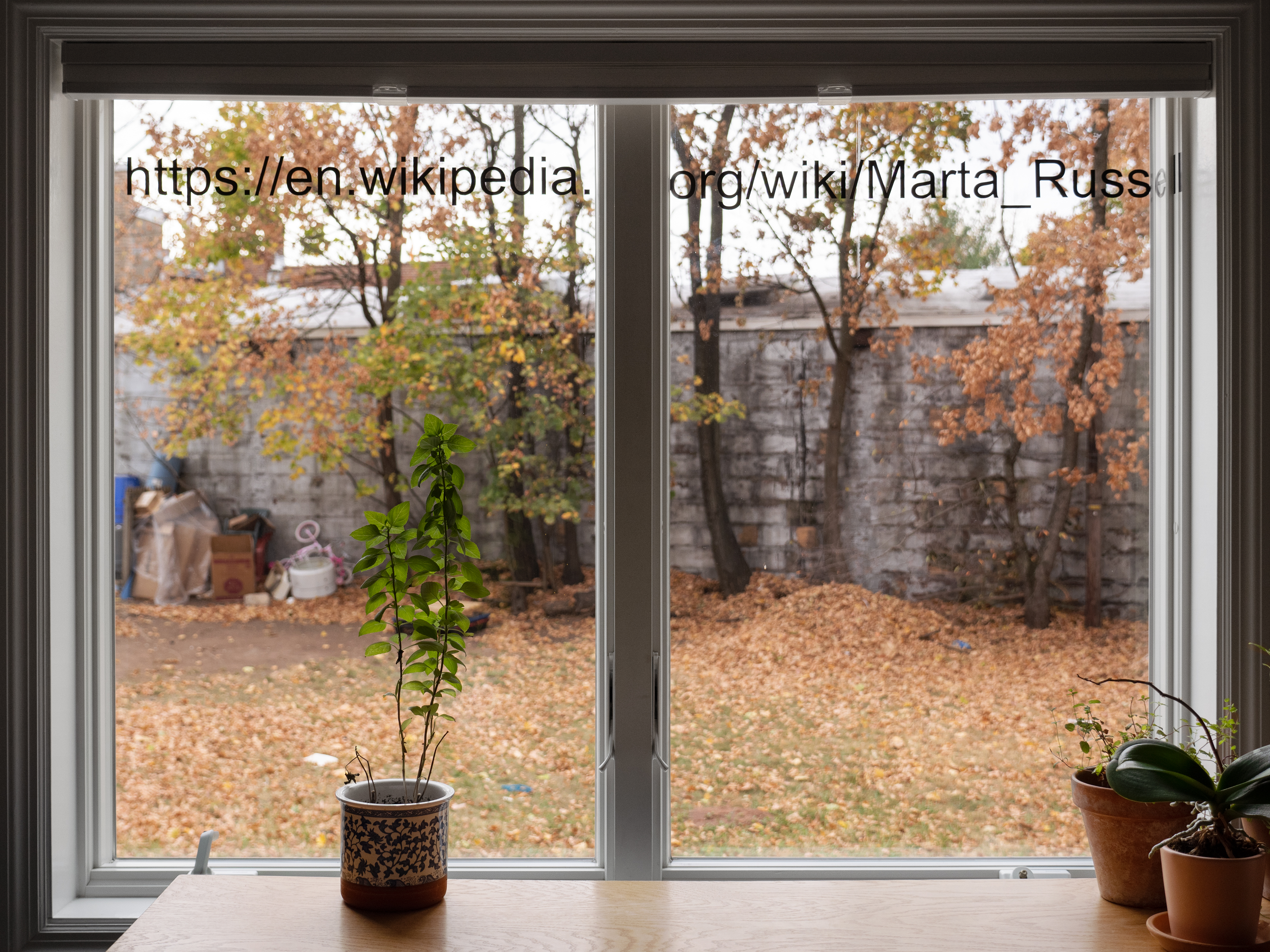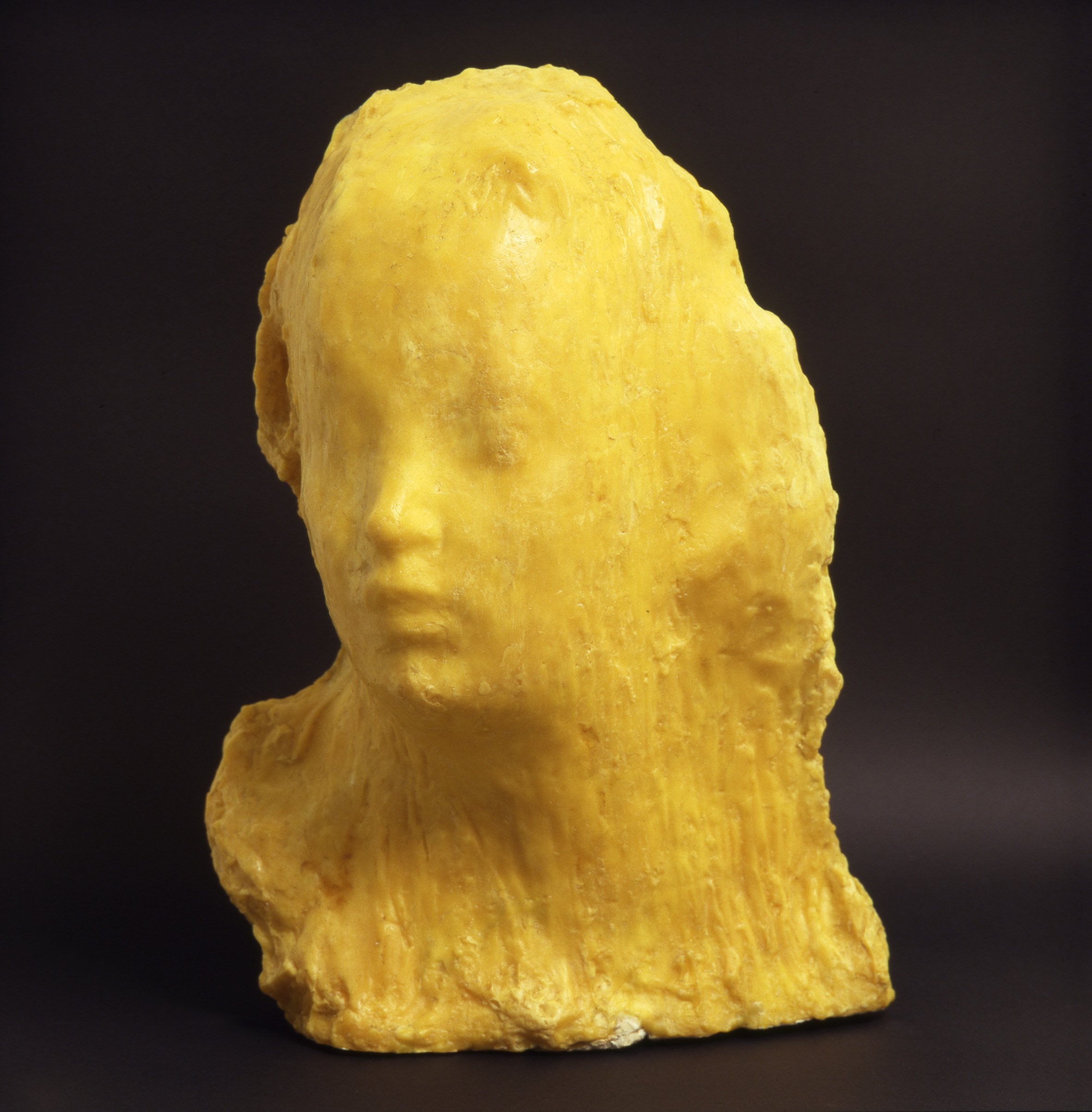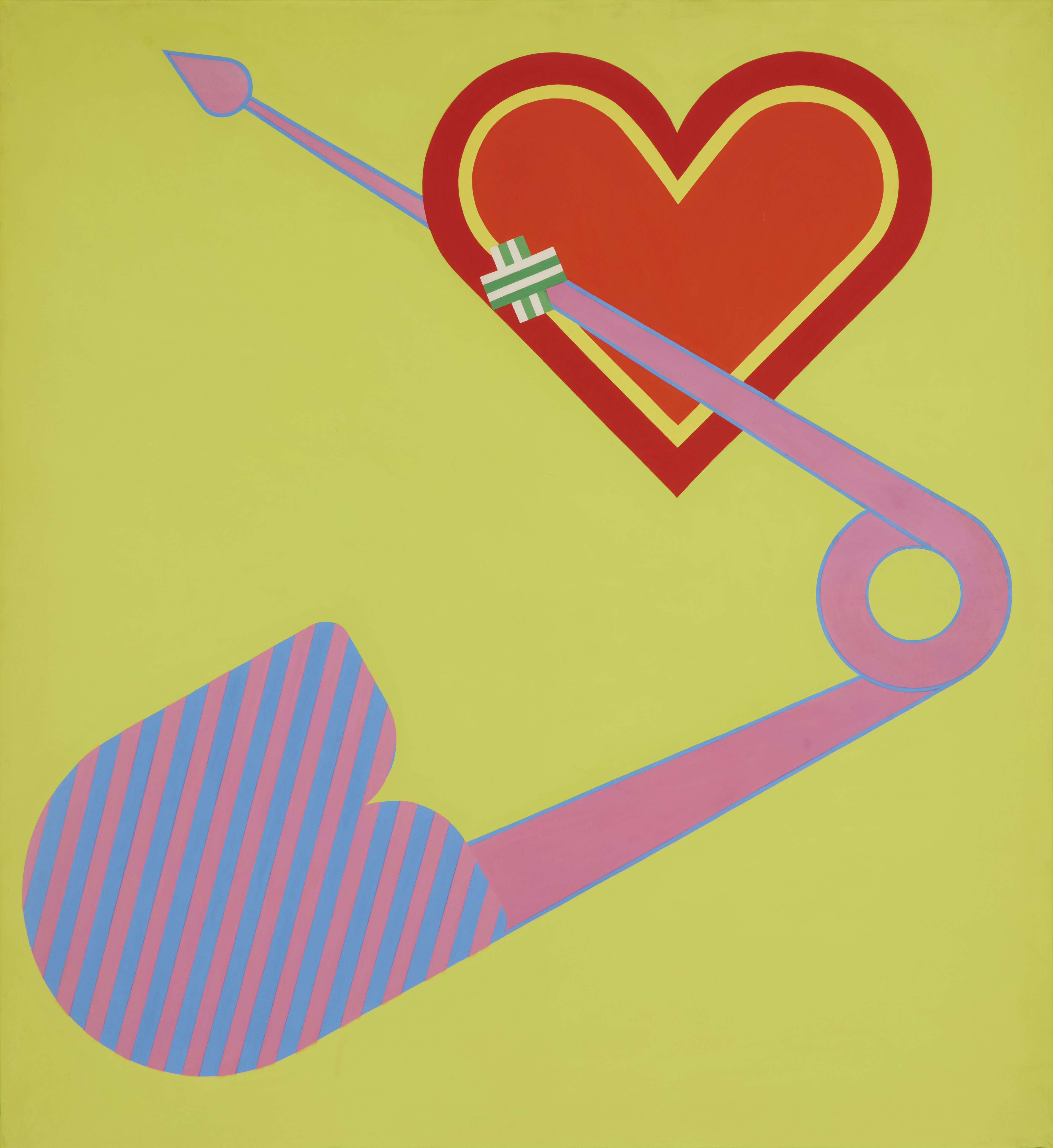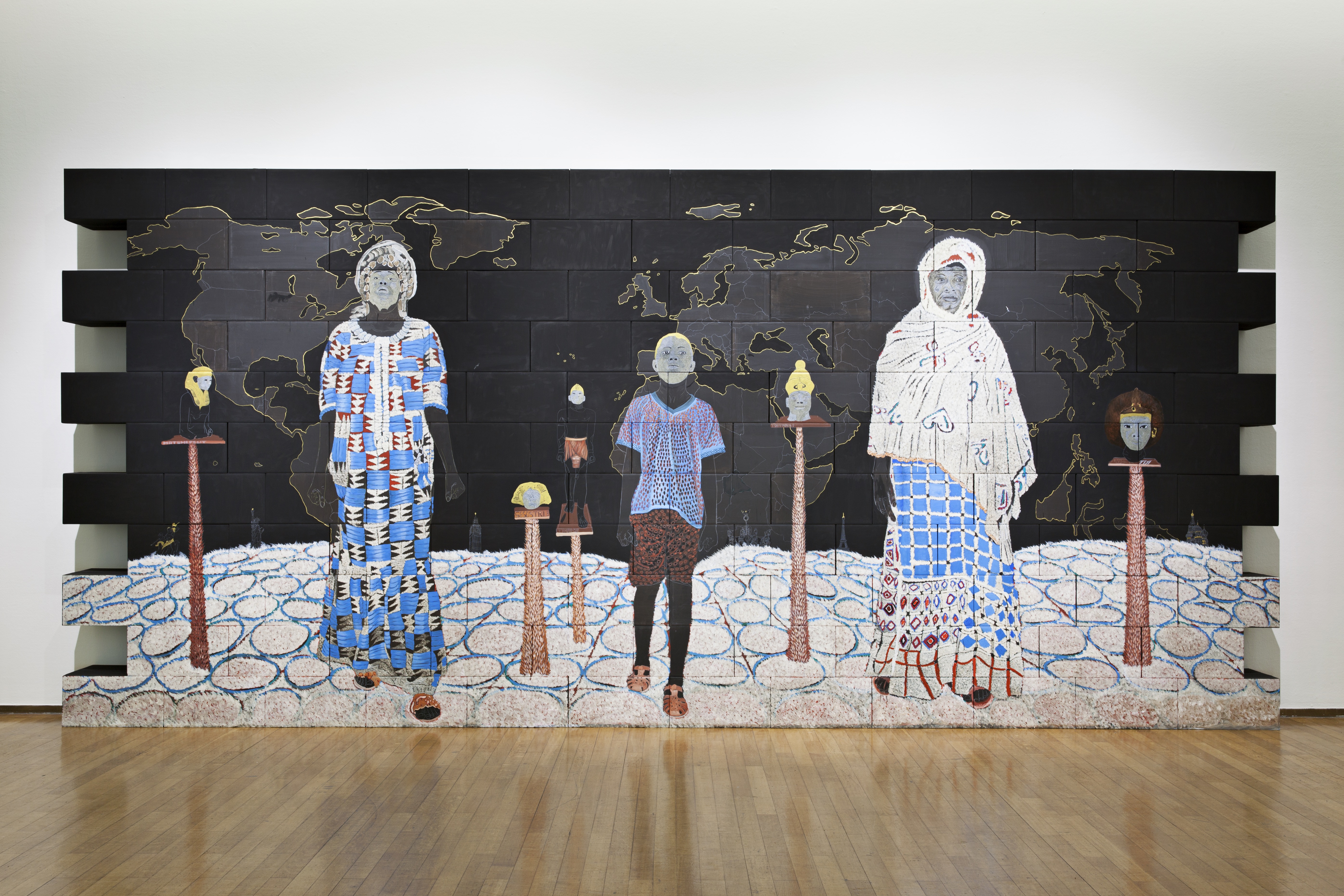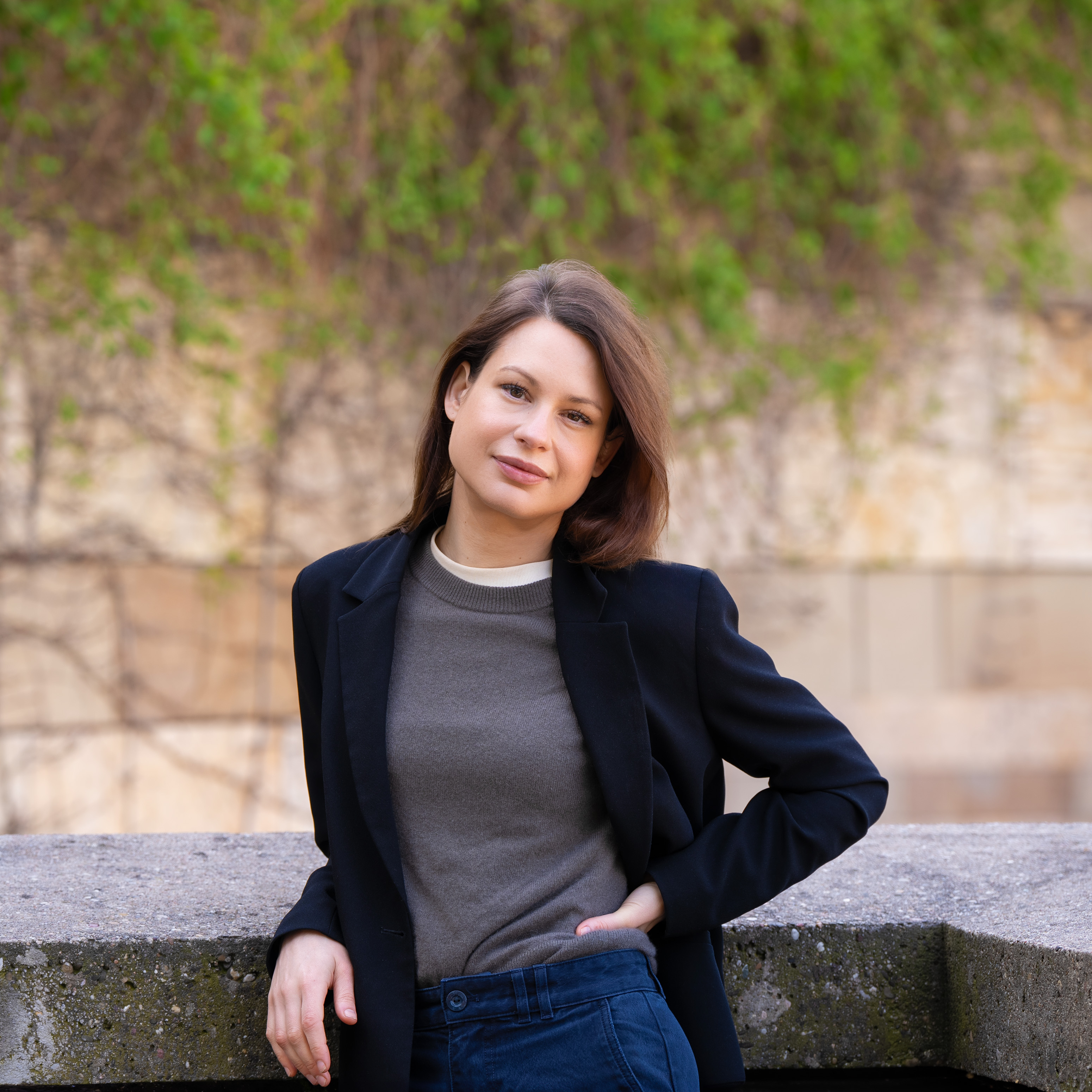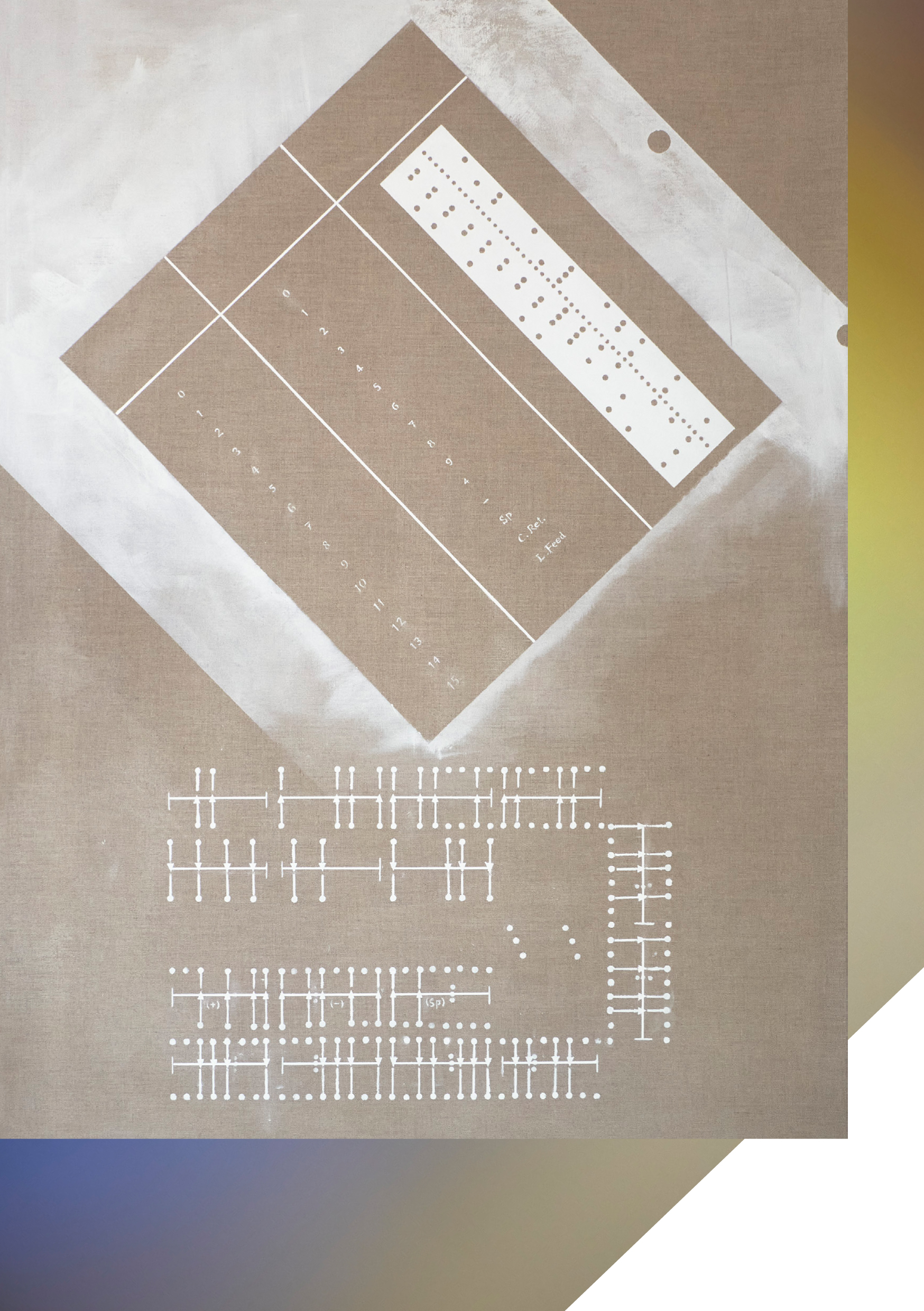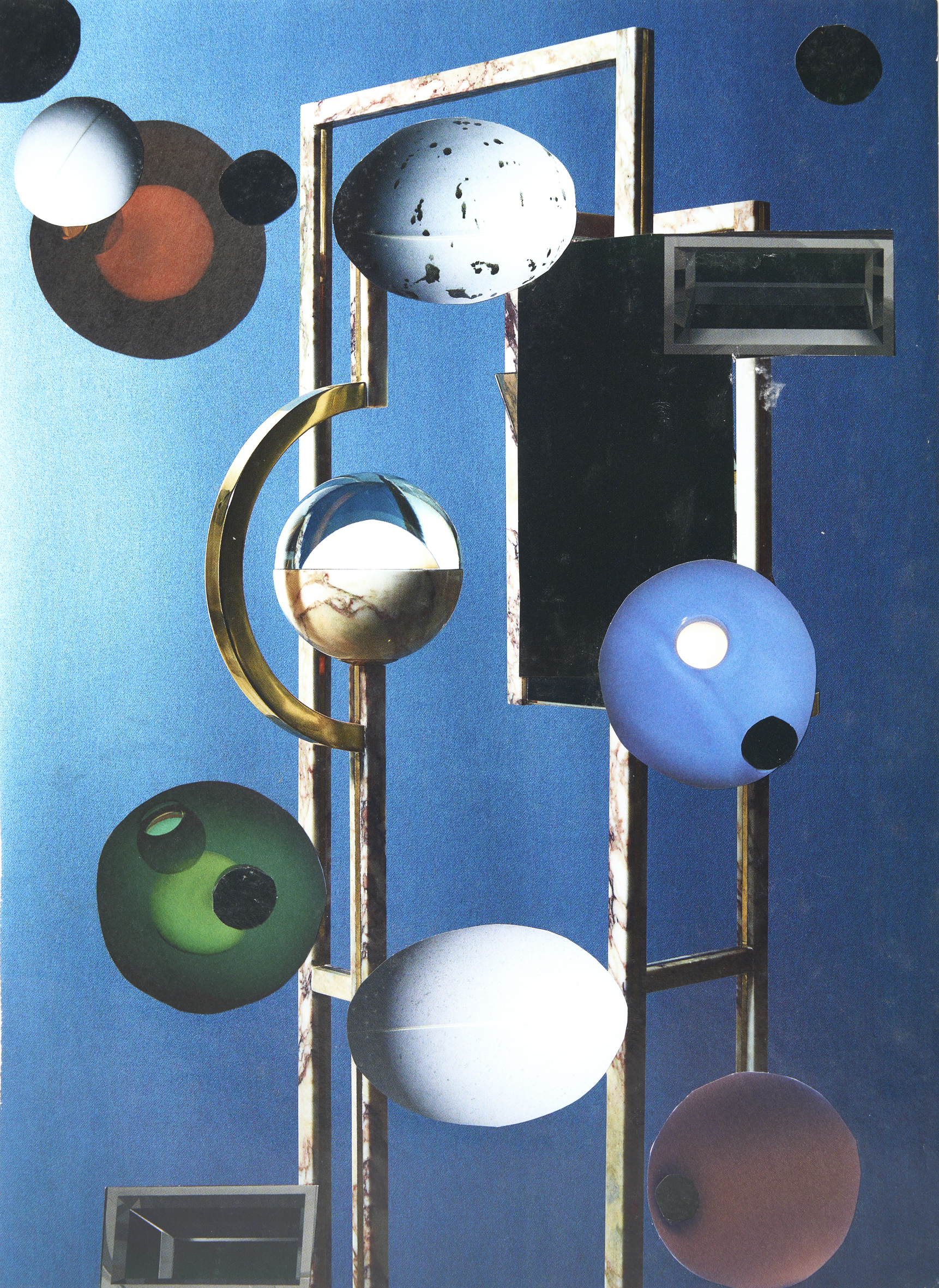Monstera deliciosa
October 26, 2023–January 7, 2024
Vienna 1070
Austria
Hours: Tuesday and Thursday–Sunday 10am–6pm
press@mumok.at
Benoît Piéron’s artistic practice is informed by a lifelong history of illness, with his childhood having been mostly spent in hospital. He deals in his work with how sick bodies are treated by the medical profession and by society as well as his own experiences of waiting and uncertainty, of care and intimacy. By making pillows or stuffed animals out of recycled hospital sheets, for example, he replaces the standardized infrastructure of the hospital with sensuous bodies, which, according to the artist, lend “plasticity” to illness.
The title of Piéron’s first solo museum exhibition, Monstera deliciosa, refers to a plant that today adorns the waiting rooms of many doctors’ offices but in fact originated in the American tropics and was imported into Europe in the nineteenth century as a colonial product, where it was given its name. “Monstera” probably derives from the Latin term for monster, while “deliciosa” refers to the plant’s delicious fruits.
Waiting, the colonization of bodies, and the ability to discover something wonderful in the monstrous are the themes of Piéron’s exhibition, which simulates a waiting room into which the outside world poetically intrudes. The shadows of foliage gently sway on the walls, as if the light of the sun were falling through trees and into the room. On the ceiling is a cloudy sky in pastel shades, comparable to the illusionistic painted frescoes decorating the ceilings of churches and palazzi. The room is furnished with seating and tables like those found in the waiting areas of medical facilities all around the world.
Waiting has to do with powerlessness. It means being at the mercy of another entity’s logic, being forced to “kill time.” Waiting is considered unproductive time, just as the bodies that linger in the waiting rooms of doctors’ offices and hospitals are considered unproductive.
Benoît Piéron has spent a lot of time waiting and in waiting rooms. Based on his own biography of illness, waiting has become second-nature to him, so to speak. But for him this nature is characterized not by emptiness but by fullness, by the ability to observe closely, by focused activities that do not require a large radius of action, by a talent for discovering wonders in the supposedly mundane, by the capacity to travel even when the body is standing still.
Historical references for making waiting productive in this manner are the novel Voyage autour de ma chambre (A Journey Around My Room) by Xavier de Maistre from 1794 and the film Tom et Lola (1990), directed by Bertrand Arthuys, about two children who live in hermetically sealed plastic bubbles in a Paris hospital owing to an immune deficiency. What the two stories have in common is that their protagonists break out of their prisons in creative ways to explore their environments.
The snow globes placed on the tables in Piéron’s waiting room installation can be understood as a symbol for such imaginary travels. These liquid-filled glass balls that can be shaken to make artificial snowflakes drift down onto miniature scenes and objects are a popular gift and part of every souvenir shop’s standard repertoire. The snow globe was first patented in 1900 in Vienna by the inventor Erwin Perzy I, who specialized in the manufacture of surgical instruments. While trying to design a more luminous surgical lamp by using a glass sphere filled with water and semolina, he conceived by chance the basic principle of the snow globe.
The snow globe has since then emancipated itself from its history of trying to shed brighter light into the body. It has become a souvenir, a magical tool that helps us to recall and share special experiences. With just a simple movement of the hand, the world frozen behind glass can be brought to life.
Piéron’s custom-made snow globes are likewise small time capsules with which the artist shares significant moments from his lifetime of illness. Some of the globes refer to his childhood, to people, TV series and stories that left an impression on him. Others address experiences of pain, violence, or pleasure, while still others reveal Piéron’s fascination with plants and decoration, as well as his efforts to counter the medical view of the sick body with alternative images.
A special place in Piéron’s waiting room is set aside for Monique, a bat that has been with him—as alter ego and companion—in different guises for several years. Monique embodies Piéron’s childhood interest in the figure of the vampire, the undead creature that has a particularly lustful predilection for human blood. Sometimes, Monique appears as a cute stuffed animal that Piéron has sewn out of recycled hospital sheets in order to combine these scraps, marked as they are with the traces of sick bodies, to form a new collective body. The pastel shades found throughout his work are derived from the colors of the sheets in French hospitals.
In the exhibition Monstera deliciosa, visitors encounter Monique twice: as a miniature in one of the snow globes and in the shape of a costume with a cape patched together from old hospital sheets. The bat costume fits Piéron’s own body measurements. He could slip into it to escape this underground waiting room through the pastel cloudy sky—taking us, and our normative notions of body and disease, on a journey into the unknown.
Benoît Piéron shares with medicine a childlike curiosity in wanting to know what is going on beneath his skin. He is not concerned, however, with the goal of “repairing” a body that is seen as defective but rather with resisting those institutional and social forces that classify his body as “sick” in the first place. Piéron thus transforms his illness into an art of survival.
Benoît Piéron (b. 1983, Ivry-sur-Seine) studied at the École nationale supérieure des beaux-arts in Paris and lives and works in Paris.
Solo and group exhibitions (selected): Slumber Party, Chisenhale Gallery, London (2023); Der pinkelnde Tod, Kunstverein Bielefeld, Bielefeld (2023); Avant l’Orage, Bourse du Commerce, Pinault Collection, Paris (2023); uMoya: The Sacred Return of Lost Things, Liverpool Biennial, Liverpool (2023); Exposé.es, Palais de Tokyo, Paris (2023); Horizones, Fondation Pernod Ricard, Paris (2022); Bandage, galerie du Haïdouc à l’Antre Peaux, Bourges (2022); Illness Shower, Sultana Summer Set, Galerie Sultana, Arles (2022); Deux drapeaux, Une Belladone, L’alcôve, Paris (2021); VIH/sida, l’épidémie n'est pas finie, Mucem, Marseille (2021); Plaid, Cité internationale des Arts, Paris (2021); Mort is more, Brasserie Atlas, Brussels (2021).
Curated by Manuela Ammer.
Catalogue
Benoît Piéron: Monstera deliciosa
German/English/French; approx. 140 pages; approx. 100 illustrations
Editor: Manuela Ammer for Museum moderner Kunst Stiftung Ludwig Wien, 2023; co-publisher: Verlag der Buchhandlung Walther und Franz König, Cologne
Preface: Karola Kraus (mumok, Vienna); introduction: Manuela Ammer; essay: Élisabeth Lebovici; interview: Manuela Ammer with Benoît Piéron
Design: Affaire à suivre (Gilles Beaujard & Florent Routoulp)
ISBN (mumok): 978-3-903446-09-0
ISBN: 978-3-7533-0567-7
Retail price: 18 euros
Contact
Please check our website for regular updates on our program.
For further information please contact: press@mumok.at
